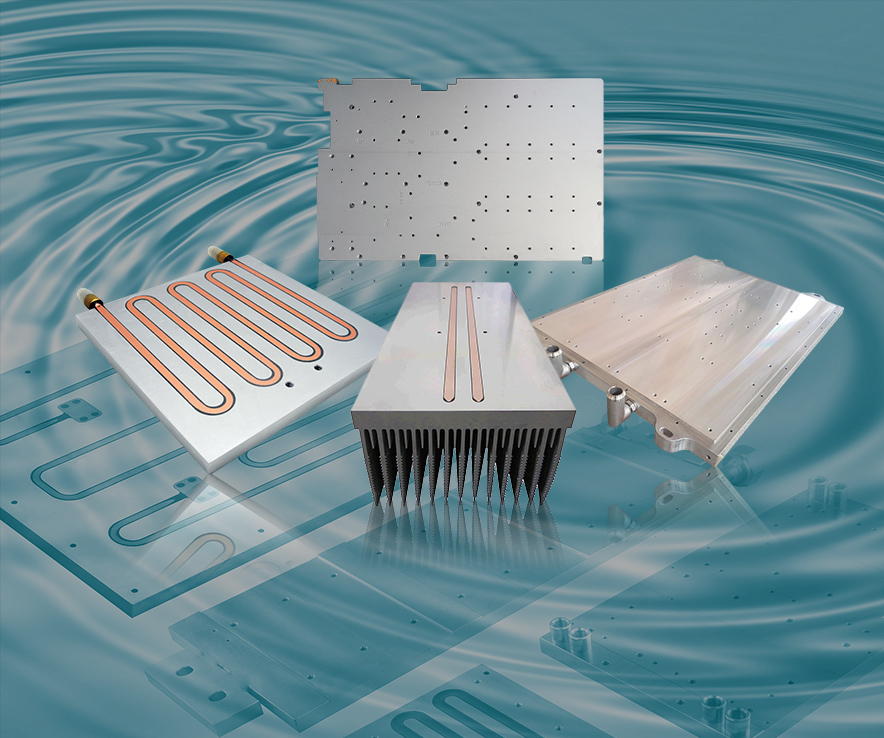A charge air cooler (CAC), also known as an intercooler, is a vital component in the turbocharging and supercharging systems of internal combustion engines. It plays a crucial role in improving engine performance and efficiency by reducing the temperature of the compressed air before it enters the engine’s combustion chamber.
The primary function of a charge air cooler is to cool the air compressed by the turbocharger or supercharger. When air is compressed, its temperature rises significantly due to the laws of thermodynamics. Hot air is less dense and contains less oxygen, which can lead to inefficient combustion, reduced power output, and potential engine knock. The charge air cooler mitigates these issues by cooling the compressed air, allowing for a denser charge of air to enter the combustion chamber.
Charge air coolers typically use either air-to-air or air-to-water designs:
These coolers utilize ambient air to dissipate heat from the compressed air. They are commonly used in automotive applications and are favored for their simplicity and effectiveness. The hot charge air flows through the cooler's core, where it is cooled by the incoming ambient air.
These coolers use water as a cooling medium, which can provide more efficient cooling in certain applications. They are often used in high-performance engines or industrial applications where space is limited, or where more effective cooling is required.

The operation of a charge air cooler is relatively straightforward. After air is compressed by the turbocharger, it is routed through the charge air cooler before entering the engine. As the hot compressed air flows through the cooler's core, heat is transferred to the cooler’s fins or tubes, which are then cooled by the ambient air or circulating water.
The efficiency of a charge air cooler depends on several factors, including its design, the materials used, and the airflow dynamics. Proper airflow across the cooler is essential to maximize heat dissipation. Inadequate airflow can result in elevated charge air temperatures, negating the cooler's benefits.
Implementing a charge air cooler offers numerous advantages:
Improved Engine Performance
By cooling the compressed air, charge air coolers allow for more air (and consequently more oxygen) to enter the combustion chamber. This results in better combustion efficiency, increased power output, and improved throttle response.
Enhanced Fuel Efficiency
With cooler, denser air entering the engine, it is possible to optimize the air-fuel mixture. This can lead to better combustion efficiency and, as a result, improved fuel economy, making vehicles equipped with charge air coolers more economical to operate.
Reduced Emissions
Efficient combustion facilitated by a charge air cooler leads to lower emissions. By ensuring a more complete burn of the fuel, engines produce fewer unburned hydrocarbons and nitrogen oxides (NOx), contributing to a cleaner environment.
Engine Longevity
Charge air coolers help reduce the thermal stress on engine components. By keeping the intake air temperature lower, they can minimize the risk of engine knock and prolong the lifespan of engine components.
Applications of Charge Air Coolers
Charge air coolers are widely used across various industries and applications:
In passenger vehicles, charge air coolers are commonly found in turbocharged and supercharged engines. They are crucial for performance cars, trucks, and SUVs that require enhanced power and efficiency.
In heavy-duty trucks, buses, and construction equipment, charge air coolers help optimize performance while carrying heavy loads. These vehicles benefit significantly from the increased power and fuel efficiency provided by effective charge air cooling.
Charge air coolers are also employed in marine engines and various industrial applications, including generators and compressors. In these settings, the performance and efficiency gains can lead to substantial operational cost savings.
Considerations for Charge Air Cooler Design and Maintenance
When selecting or designing a charge air cooler, several factors must be considered:
The size and configuration of the charge air cooler must match the engine’s requirements and available space. A cooler that is too small may not provide adequate cooling, while one that is too large may impede airflow and increase weight unnecessarily.
The materials used in constructing charge air coolers affect their performance and durability. Aluminum is a popular choice due to its lightweight and excellent thermal conductivity. However, careful attention must be paid to prevent corrosion, especially in environments exposed to moisture or salt.
Charge air coolers require periodic inspection and cleaning to maintain their efficiency. Dirt and debris can accumulate on the cooler's surface, reducing airflow and heat exchange efficiency. Regular maintenance helps ensure optimal performance over time.
Charge air coolers are essential components in modern internal combustion engines, significantly enhancing their performance, efficiency, and longevity. By effectively cooling the compressed air before it enters the combustion chamber, these coolers facilitate better combustion, resulting in increased power, improved fuel economy, and reduced emissions. Whether in passenger vehicles, commercial trucks, or industrial machinery, charge air coolers play a critical role in optimizing engine performance and are a key consideration for anyone looking to enhance their vehicle or equipment's efficiency.

 English
English русский
русский












